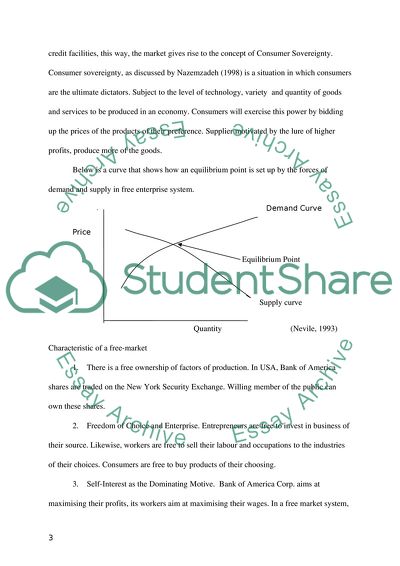Cite this document
(Free Market or Regulated Financial Systems Article Example | Topics and Well Written Essays - 2750 words - 8, n.d.)
Free Market or Regulated Financial Systems Article Example | Topics and Well Written Essays - 2750 words - 8. https://studentshare.org/macro-microeconomics/1862771-modern-business-in-comparative-perspective
Free Market or Regulated Financial Systems Article Example | Topics and Well Written Essays - 2750 words - 8. https://studentshare.org/macro-microeconomics/1862771-modern-business-in-comparative-perspective
(Free Market or Regulated Financial Systems Article Example | Topics and Well Written Essays - 2750 Words - 8)
Free Market or Regulated Financial Systems Article Example | Topics and Well Written Essays - 2750 Words - 8. https://studentshare.org/macro-microeconomics/1862771-modern-business-in-comparative-perspective.
Free Market or Regulated Financial Systems Article Example | Topics and Well Written Essays - 2750 Words - 8. https://studentshare.org/macro-microeconomics/1862771-modern-business-in-comparative-perspective.
“Free Market or Regulated Financial Systems Article Example | Topics and Well Written Essays - 2750 Words - 8”. https://studentshare.org/macro-microeconomics/1862771-modern-business-in-comparative-perspective.


